1870: The Melbourne Free Hospital for Sick Children opens
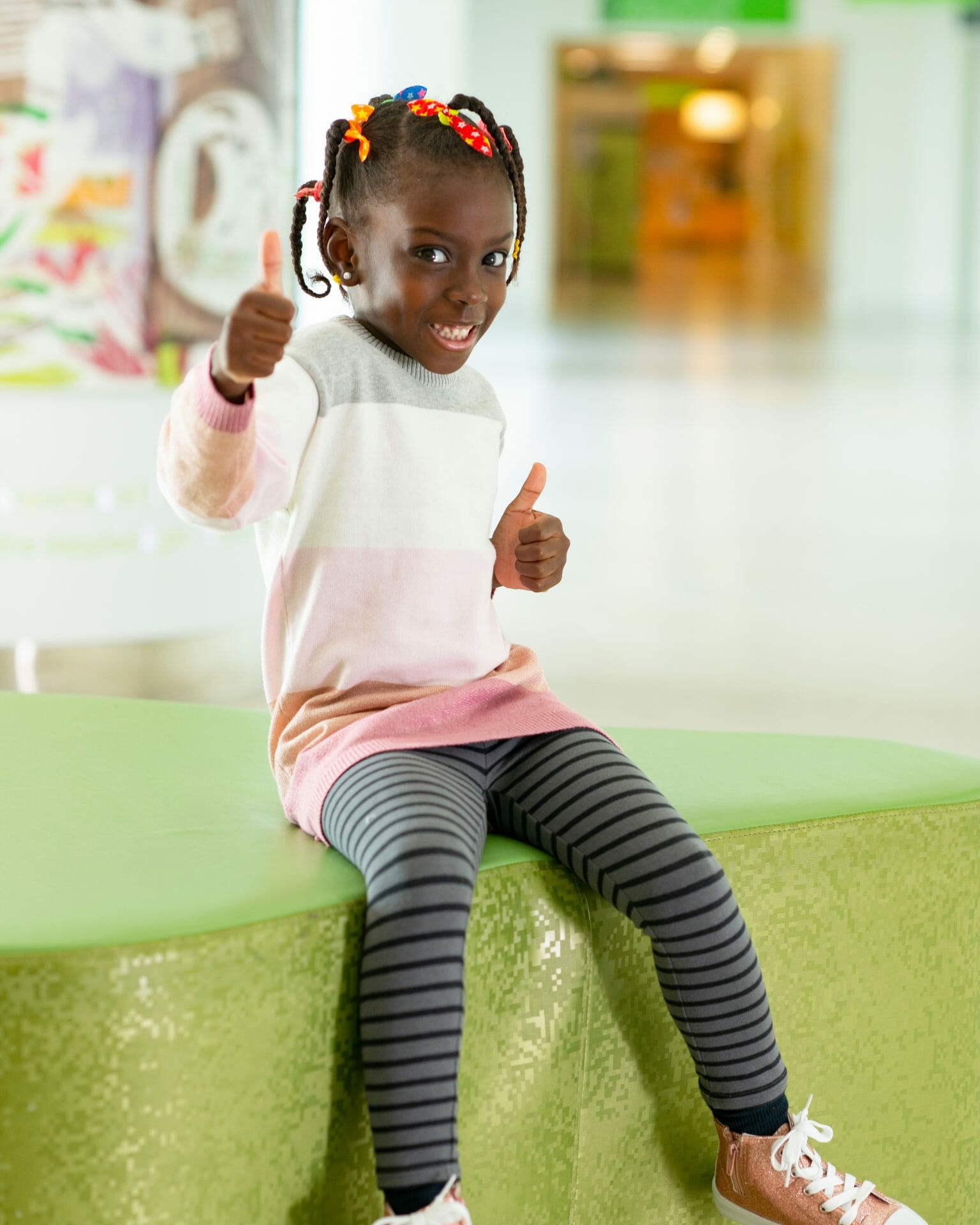
Melbourne Free Hospital for Sick Children, 1870
39 Stephen Street, Victoria
Digital reprint
1870: Mrs Frances Perry elected first president of Ladies Committee of Management
Mrs Frances Perry, wife of the Anglican Bishop of Melbourne, is elected as the first President of a Ladies Committee of Management. At the time, caring for children was regarded as a task best left to women.
For many years there was no constitution for the running of the Hospital. Instead, the members made up their own rules, nominating those known to them and ruling all matters domestic and financial, as well as those involving staffing and eligibility criteria of patients for admission.
A Gentlemen’s Committee consisted of lawyers, accountants and businessmen, but, apart from financial dealings and lobbying, the men had no direct influence in the day-to-day running of the affairs of the Hospital, being frequently over-ruled by the ladies.
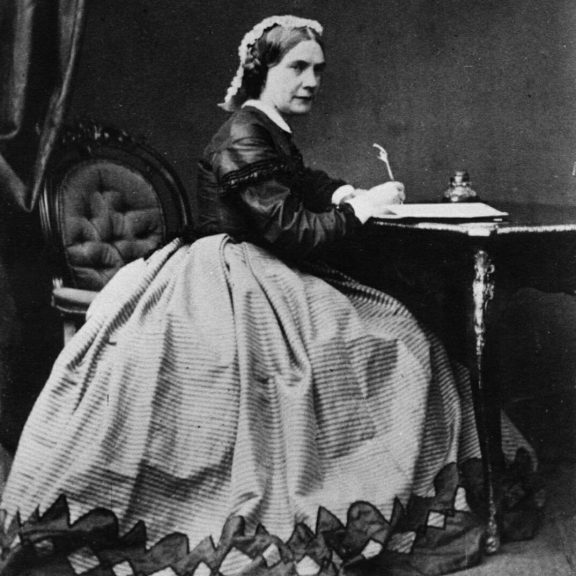
1872: Hospital changes name to Melbourne Hospital for Sick Children
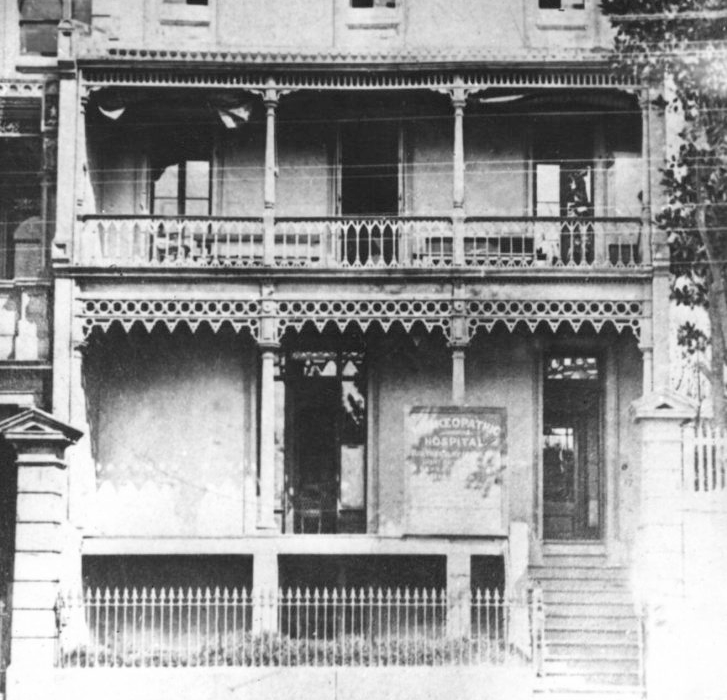
Melbourne Hospital for Sick Children, 1872
13 Spring Street; Victoria
Digital reprint
1874: First “Hospital Sunday” appeal
The first “Hospital Sunday” appeal results in £223, much of which came from State schools.
1875: Mrs Sarah Bishop commences as Matron
Mrs Sarah Bishop was appointed Matron in 1875, and served in the role for 24 years until 1899. She was responsible for the nursing staff and trainees, the maids, cook, laundrywoman, handyman, gardener and errand boy. Over the years Matron Sarah Bishop campaigned with the Committee for improvements to the living conditions of nurses, domestics and doctors who lived at the hospital.
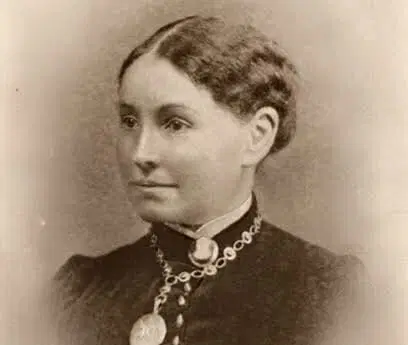
Sarah Anne Bishop, Circa 1875
The Children’s Hospital; Carlton, Victoria
Gelatin silver photograph on card
1876: Melbourne Hospital for Sick Children moves to Carlton
The Children’s Hospital moves to the former home of famous Melbourne judge Redmond Barry on a one and a half acre property on the corner of Pelham and Rathdowne Streets, Carlton with 24 beds. To cope with increasing numbers of patients, new buildings were added to the property and extensions were made.
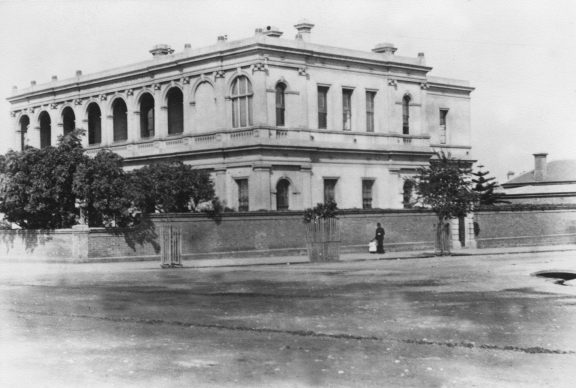
1879: First medical students accepted
The first medical students from the University of Melbourne were accepted at the hospital, paying a fee of £3 3s.
1880